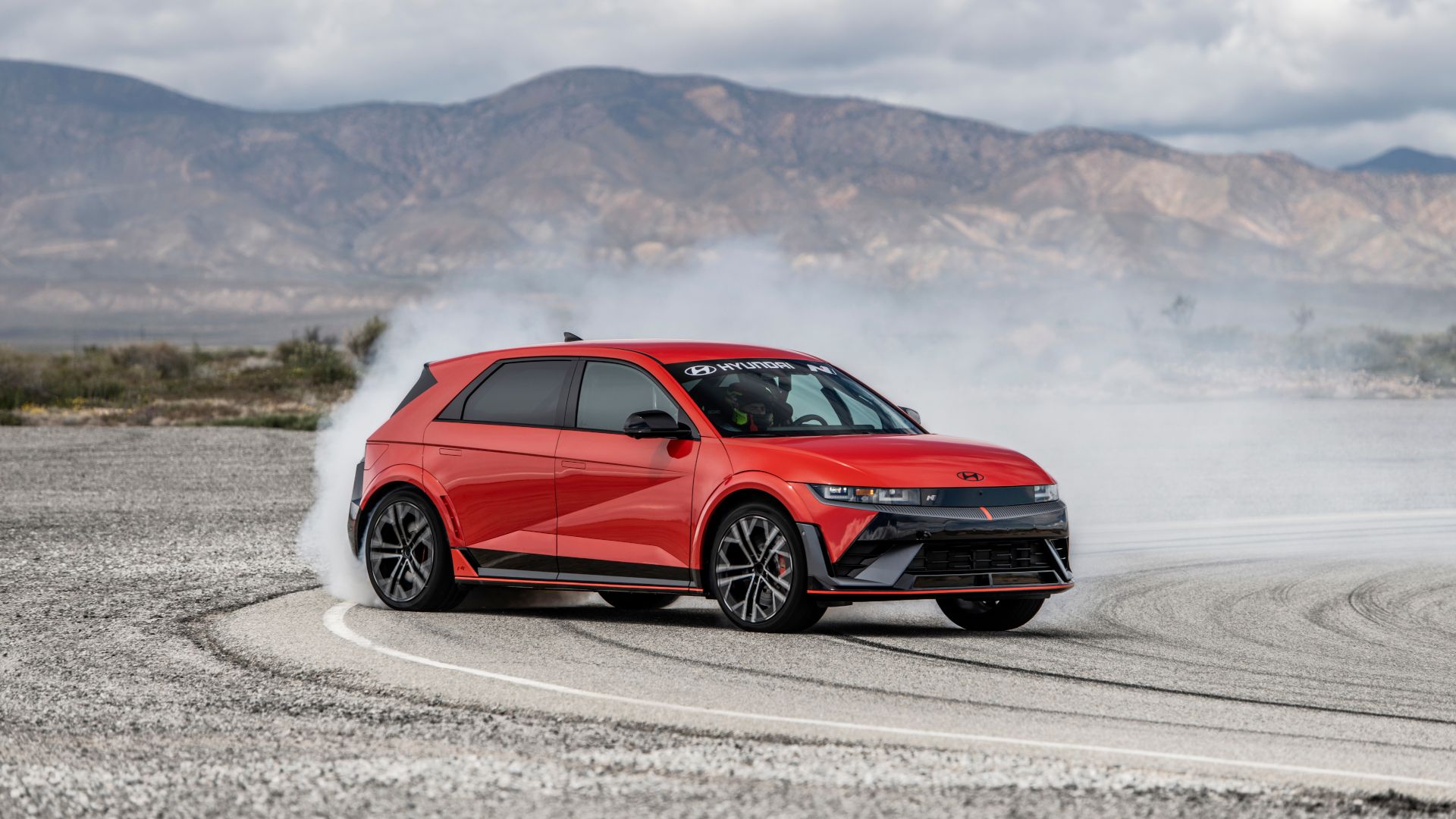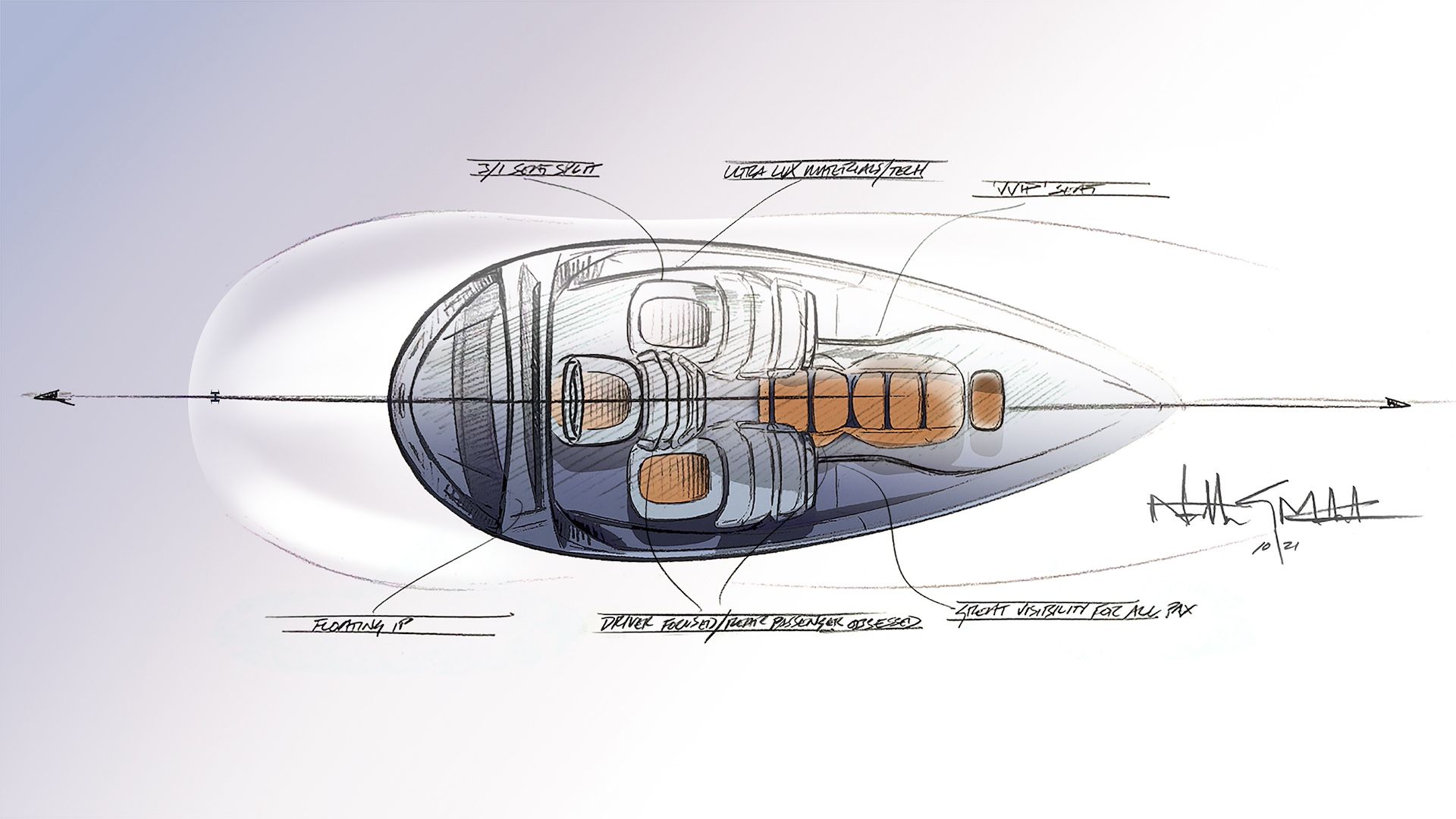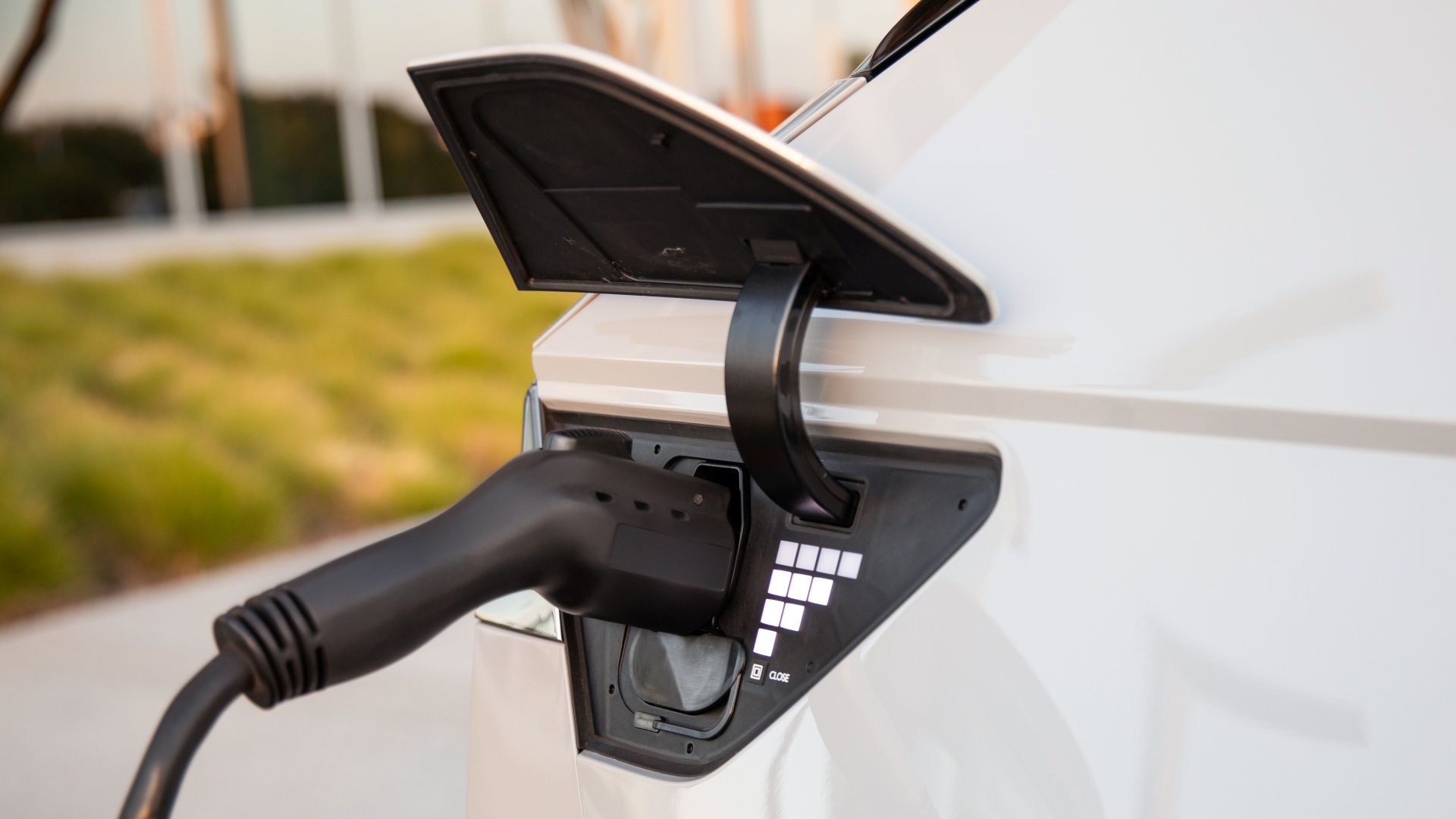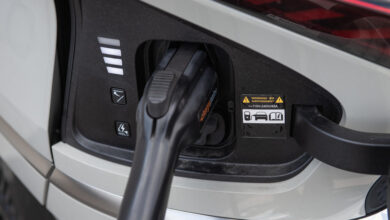Electric Vehicles Won’t Kill Car Culture, They’ll Make It Even Better
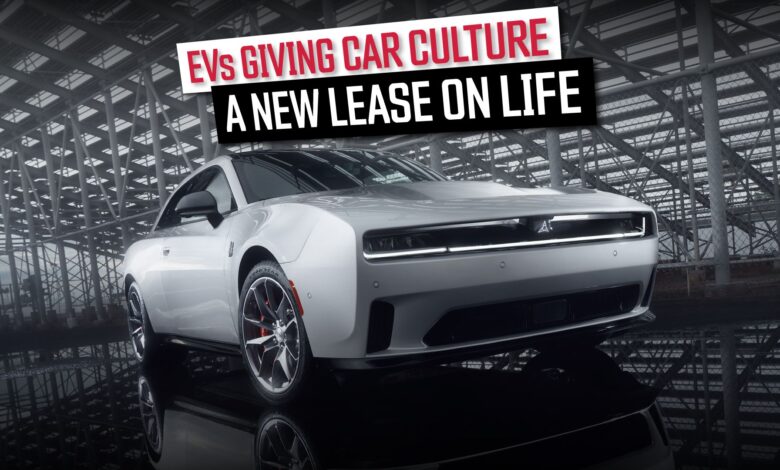
Key Takeaways
- Electric vehicles are often seen as an antidote to car culture, but the opposite may be true.
- EVs make performance accessible with cheap access to high horsepower.
- Coachbuilding may see a resurgence thanks to skateboard chassis.
- The variability of EV platforms broadens the possibilities for how future cars will feel and behave.
- Electric platforms provide freedom to experiment with new cockpit layouts and exterior designs.
It wasn’t that long ago that EVs were considered to be boring, underpowered, glorified golf carts with numb handling and wimpy acceleration. We’ve had plenty of cars disprove that notion over the last five years or so, maybe none more so than the Hyundai Ioniq 5 N.
2025 Hyundai Ioniq 5 N
- Base MSRP
-
$66,100
- Engine
-
Electric
- Horsepower
-
601 hp (641 hp N Grin Boost)
- Torque
-
545 lb-ft (568 lb-ft N Grin Boost)
- Drivetrain
-
AWD
- 0-60 MPH
-
3.2 seconds
- Top Speed
-
162 mph
- Fuel Economy
-
72 MPGe
The 320 horsepower AWD Ioniq 5 does 0-60 in just 4.4 seconds, and the Hyundai Ioniq 5 N delivers 601 hp and hits 60 mph in a mere 3.2 seconds for well under six figures, while replicating a dual-clutch gearbox, sending it sideways in a plume of tire smoke, and using its regenerative braking to maximum effect for extended stints on a race track. If that’s not fun on four wheels we don’t know what is.
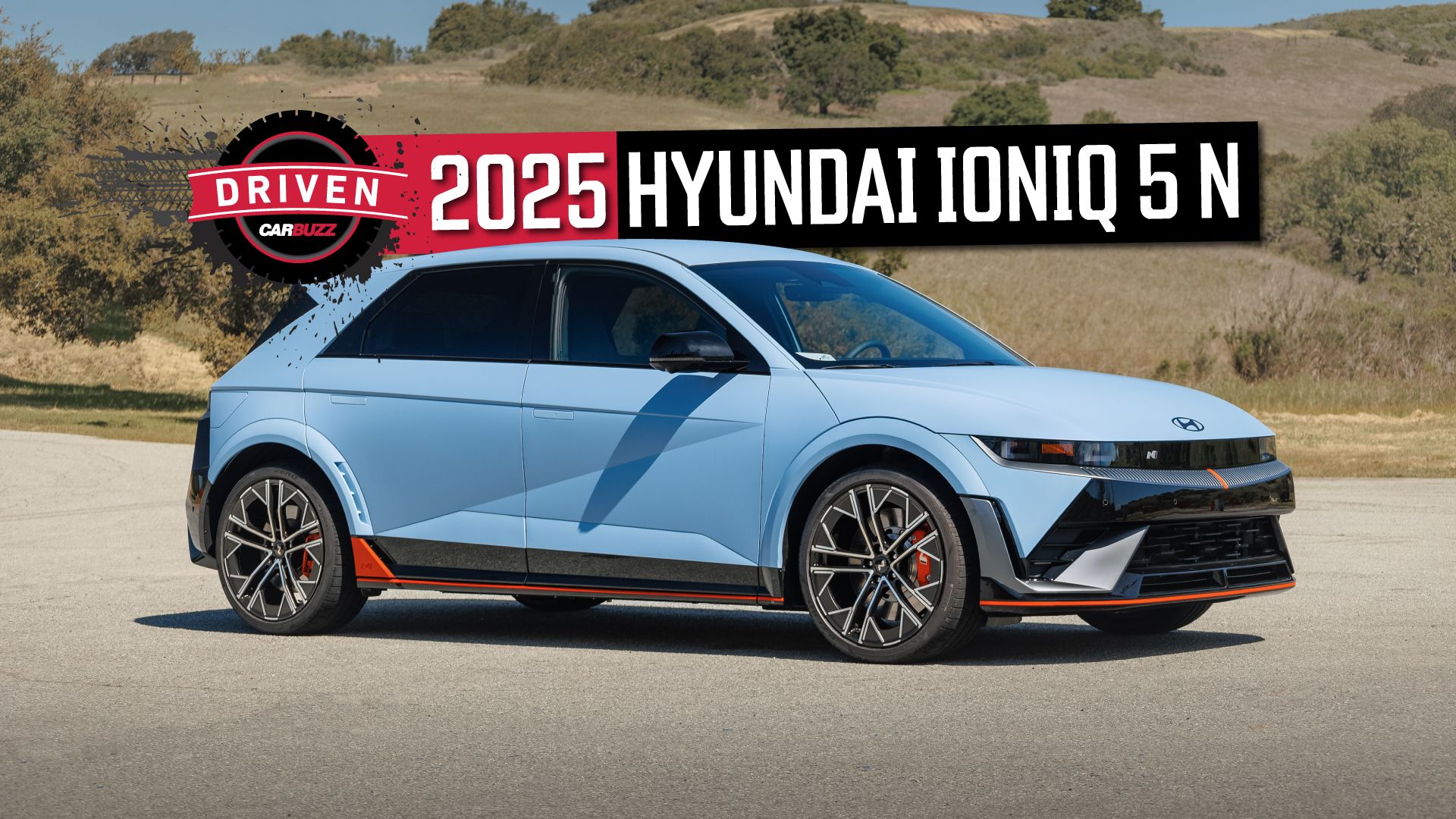
Related
2025 Hyundai Ioniq 5 N First Drive Review: Setting The Bar For Electric Performance
Taking on Laguna Seca Raceway in an electric crossover? Hell yeah.
Looking at handling, performance, and beyond, EVs herald what might be the biggest cultural shift we’ve seen in the automotive scene since the American interstate, and one that we think will be largely for the better. Here’s why.
The Skateboard Chassis Makes It Easy To Add New Body Types To The Lineup
The skateboard chassis is simply one of the most versatile platform styles ever developed. If you want a good example, check out the Dodge Charger. The Charger’s STLA chassis is planned to support no fewer than eight battery-powered EVs by 2026. The flat design of the chassis allows automakers to store all the heavy electric components, batteries and motors and so on, underneath the vehicle. But, nothing about the skateboard design prohibits the automaker from building a hybrid or ICE-powered vehicle on the exact same platform.
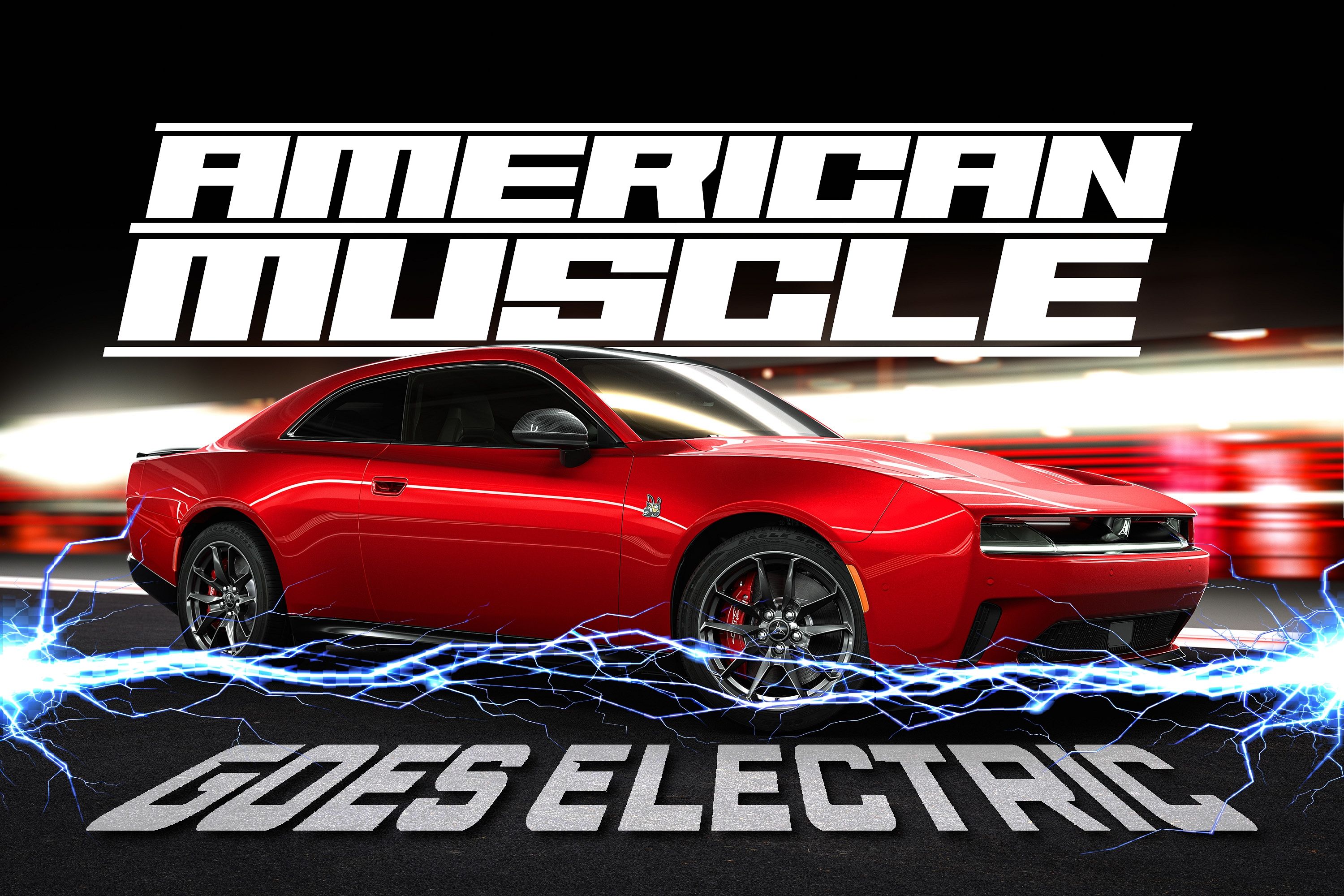
Related
2024 Dodge Charger Daytona EV Debuts With Concept Looks And Two Body Styles
Both sedans and coupes will be offered, each with a capacious rear hatch.
The upcoming Alfa Romeo Giulia EV sedan proves you can even loan the platform out to other brands, and having a skateboard platform ready to go cuts development time down considerably, saving automakers the resources and expense of engineering every new car from the ground up. The new Giulia will look, drives, and feels nothing at all like the Dodge Charger, with which it shares the STLA platform. Anything that encourages an automotive designer’s imagination to run wild is a plus in our book.
Skateboard Chassis Will Revive Coachbuilding
The versatility of a skateboard chassis goes beyond just accommodating various body styles and a variety of powertrains, though. Importantly, it could see a revival in classic coachbuilding. Coachbuilding fell out of favor when cars moved to unibody construction, as the body was now an integral part of the chassis. But with ultra-rigid skateboards providing all the mechanical hardware in a plug-and-play package, there’s nothing stopping you from getting custom bodywork designed to sit atop this platform. Canoo famously showed off its electric skateboard being driven without bodywork as an electric go-kart, and more recently, Everrati has pioneered an electric platform that can be bought by low-volume automakers. All they need to do is design a body and an interior – whether that’s a coupe, sedan, hatchback, or convertible, and stick it on, and it’s ready to go.

Add CarBuzz to your Google News feed.
This isn’t unlike what we saw in the early-to-mid-1900s, when Ferrari, Maserati, Alfa Romeo, Porsche, and other automakers would send cars to great designers like Scaglietti, Pinin Farina, Bertone, Zagato, and Karmann. Could we see the resurgence of such? We certainly hope so.
Quiet Cars Means More Racetracks
From bootleggers to drag racers, fast car enthusiasts have been butting heads with polite society for longer than our grandparents can remember, and that conflict continues even as more amateur racers are taking it to closed tracks where they can safely put the pedal to the metal. These days, noise restrictions have proven to be one of the most effective tools in hindering racetrack operations, with Laguna Seca being the most recent track to face complaints over noise levels.

Related
Racing At Laguna Seca Is Safe As Lawsuit Reaches Settlement
Track officials will conduct a sound impact assessment and introduce sound mitigation measures to keep nearby residents happy.
Unless the EV is specifically programmed to make fake engine noise or emit hums and chirps to alert pedestrians, an electric car is pretty much dead silent. In fact, the first time you see a performance EV in action, it’s almost eerie to hear little else but tire squeal and wind noise. Whether or not you miss the roar of V8s and turbo-fours, the fact of the matter is that less noise means fewer complaints, and that means fewer restrictions for racetracks.
Power. All The Power. So Easily Accessible.
The Hyundai Ioniq N is perhaps the most obvious example, cranking out 601 hp for under seventy thousand dollars, but it’s not the only car out there offering high-end performance at a mid-range price. The 2025 Tesla Model 3 Performance’s dual-motor configuration beats the all-wheel-drive N off the starting line by 0.3 seconds at an MSRP of $54,990 with over 500 hp on tap.
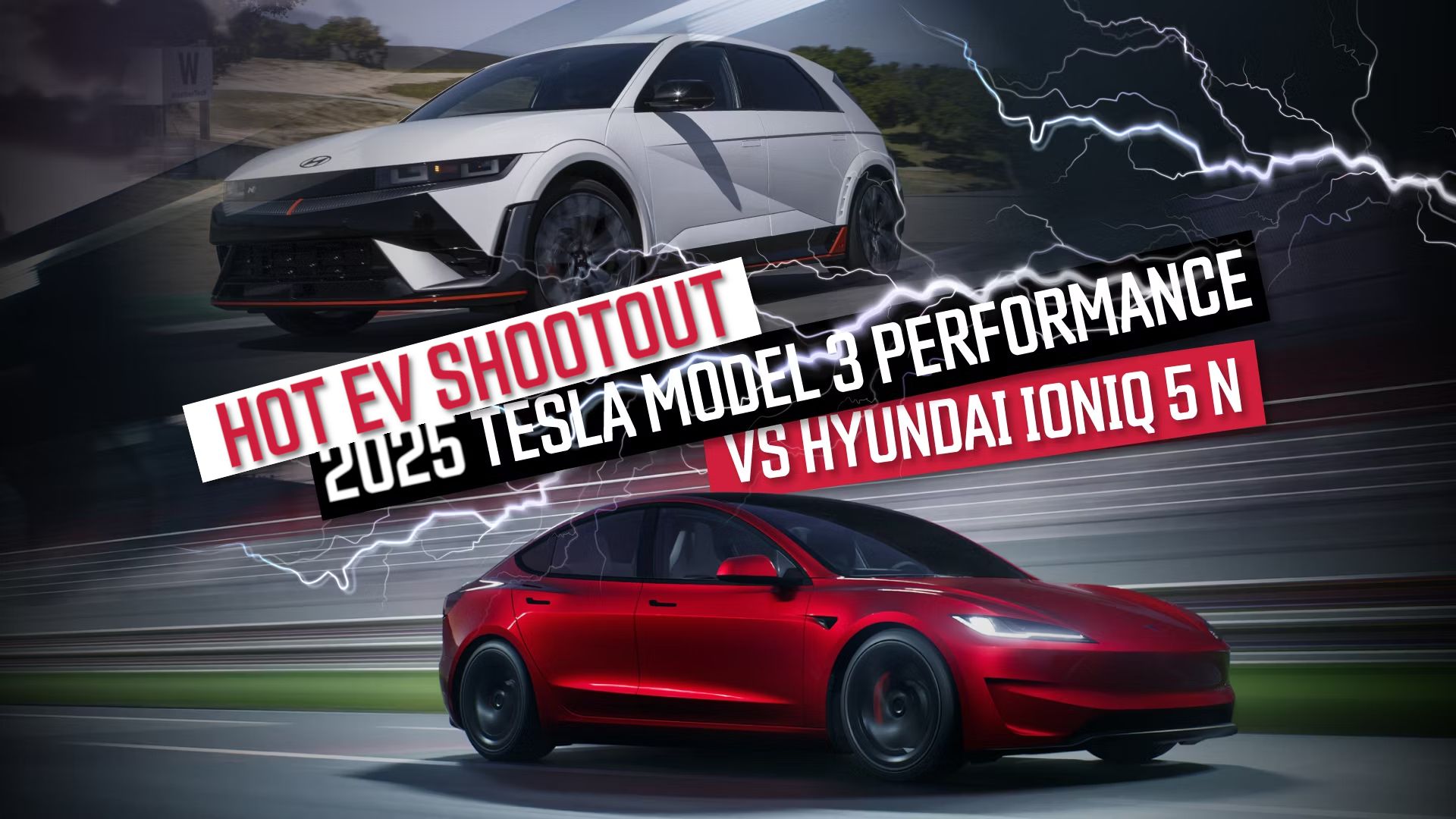
Related
Affordable Performance EV Shootout: 2025 Tesla Model 3 Performance Vs. Hyundai Ioniq 5 N
The Hyundai Ioniq 5 N and Tesla Model 3 Performance are democratizing power and proving EVs can be fun to drive.
The Tesla Model S Plaid is a bit more costly, starting at $89,990, but at that price, you’re getting 1,020 horses and a 0-60 of just under two seconds. The Dodge Challenger SRT Demon 170 outruns the S Plaid to 60 mph by about a third of a second off the starting line, but it only comes out a second ahead on the quarter mile, and it’ll cost about $7,000 more on the MSRP. And we’re just getting started. As technology is inclined to do, EVs should only get better and more accessible from here.
What are we getting at? EVs make it easy to get big power for less money, and we’re still in the infancy of e-motor technology. The fact that quad-motor hypercars have 2,000 hp when equivalent ICE machines only have 1,000 hp shows just how easy it is to get mega power from an EV.
Automakers Can Take Interesting Approaches With Battery Placement And Motor Layout
The mid-engine performance car market has always been a pretty narrow category and an expensive one, too. The engineering and the design compromises required to get the even weight distribution, improved traction, and neutral handling of a mid-engine layout essentially make this option unfeasible for most mainstream vehicles, no matter how desirable the handling benefits are. But with electric powertrains, you can put the batteries and motors almost anywhere you like to adjust the weight balance in a way you simply couldn’t with a combustion vehicle.
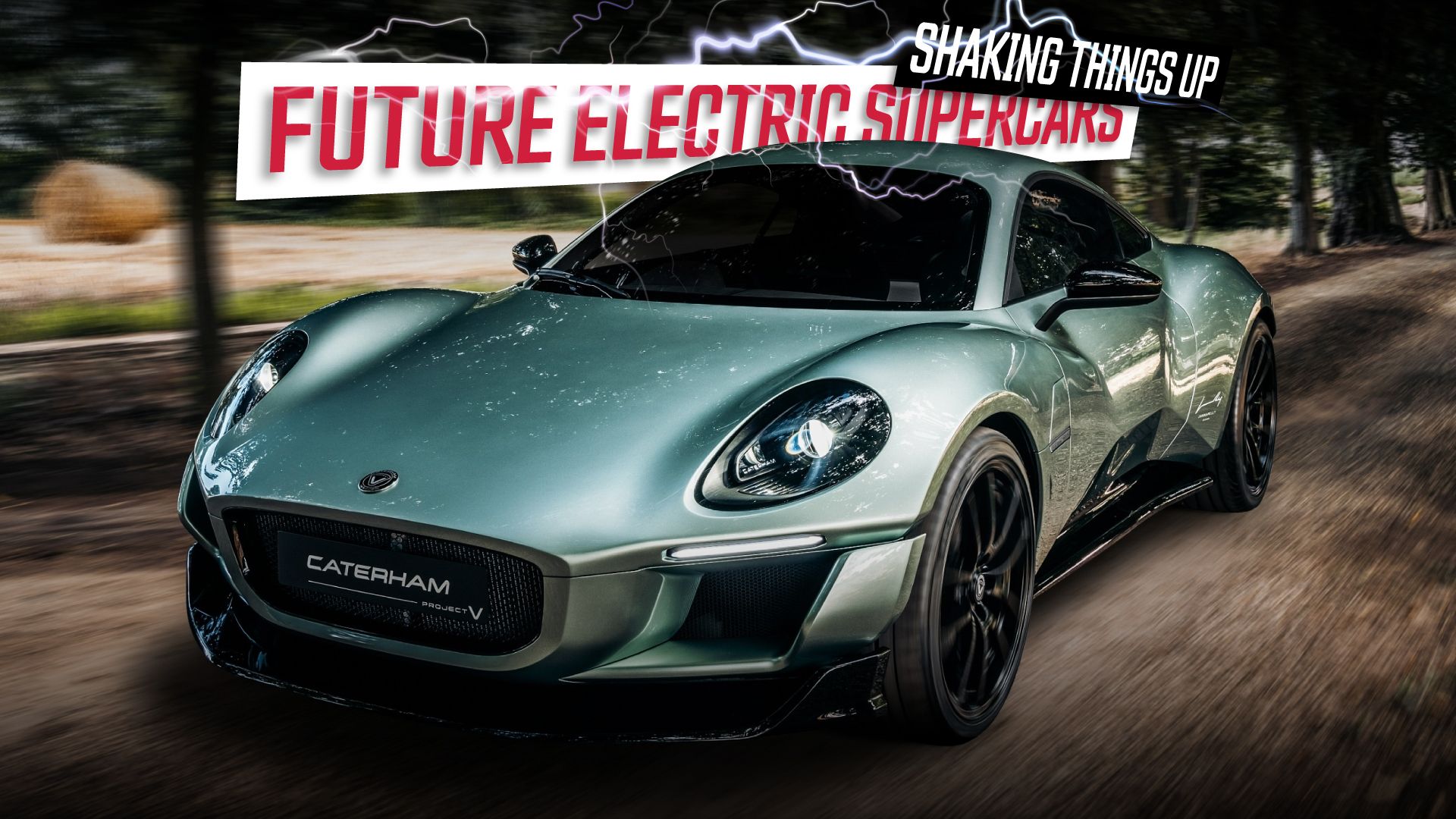
Related
6 Future Electric Supercars And Sports Cars That Will Shake Up The EV Market
There’s some hot EV metal coming our way, and this is how they’ll shape the automotive industry going forward.
EVs like the Porsche 718 EV pack the weight toward the center, with Porsche’s technical chief Michael Steiner explaining that “it’s more or less a copy of a mid-engine design.” Lotus has also done this with the Evija, describing the battery as a ‘chest battery’ that fits exactly where a combustion engine would in a mid-engine hypercar. Meanwhile, the Rimac Nevera centralizes its weight even more by housing portions of the battery pack in the transmission tunnel, creating an even more centrally-located center of gravity. By combining mid- or rear-engine weight balance with the ability to drive any choice of the front, rear, or all wheels, EVs could be given a remarkable breadth of character.
Designers Can Explore Some Pretty Zany Interior Layouts
The interior design of a car has always been at odds with the vehicle’s mechanical needs. You need to make room for the driveshaft, axles, engine, gas tank, and everything else that makes the car mobile. With an EV, you’re starting with a flat floor in most cases, but you can also position the batteries wherever you want them, and you can build pretty much whatever you want on top of that. For an extreme example, check out Hennessey’s 6×6 Project Deep Space concept, which is pretty much a Star Trek Runabout on six wheels. Yip, six. Deep Space is a six-wheel-drive electric hyper GT, and because it doesn’t have an engine in the back or front, Hennessey was able to create a diamond-shaped seating arrangement for four people. It’s an extreme illustration of how crazy things can get when EV designers are exploring possibilities beyond imitating ICE-powered cars.
“When we came up with the idea, electric was the only way to power it. Where would you fit an engine in a crazy design with diamond seating?”
– Nathan Malinick, Hennessey Director of Design
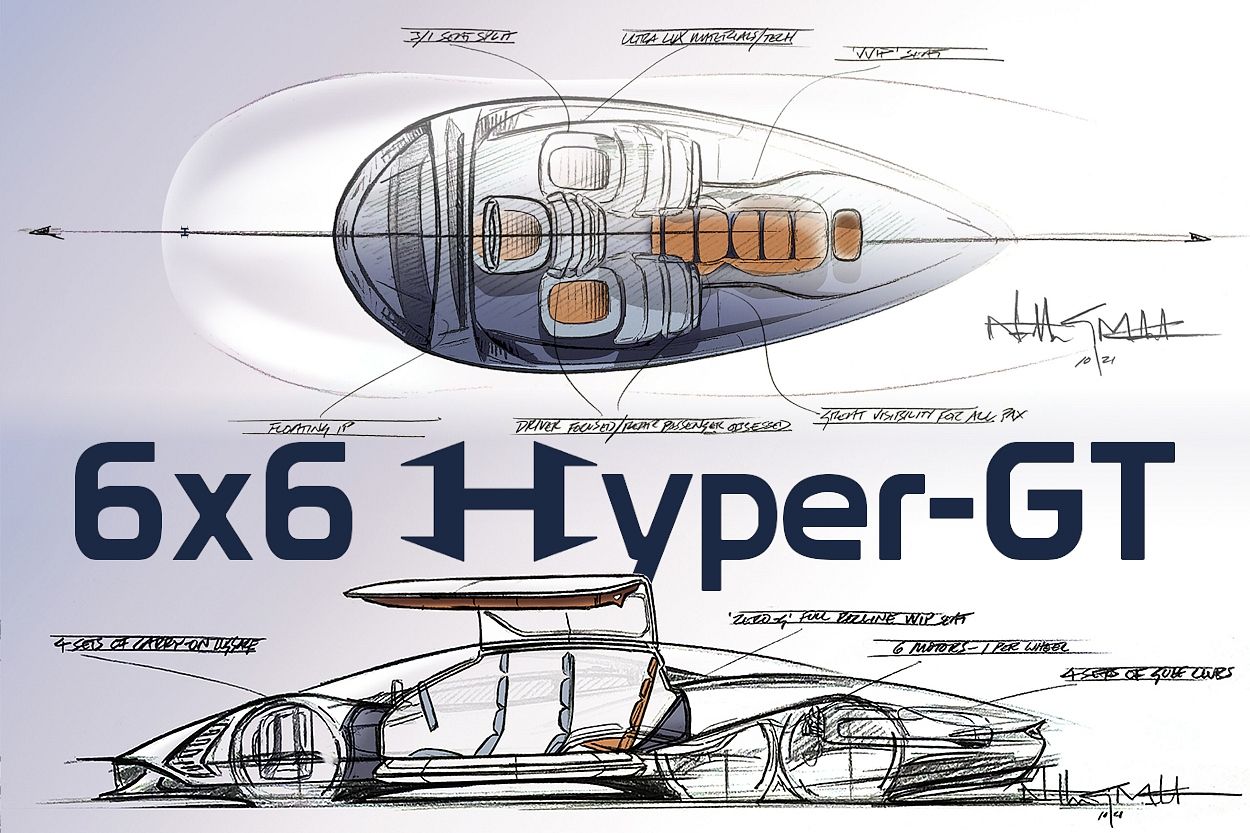
Related
What Happened To Hennessey’s 6×6 Project Deep Space?
Codenamed Project Deep Space, the six-wheeled hypercar has been put on ice… because of ICE.
Lightweight EVs Are Possible, And They Are Coming
Electric cars are heavier by default. The battery pack alone can weigh about thousands of pounds, whereas a V8 engine might not break 500 pounds. But, with smart design and engineering, there’s no reason we can’t bring those curb weights down. Alpine’s A110 E-ternite concept comes in at 3,038, which is just 570 pounds heavier than the ICE model and two pounds lighter than a Porsche 718 Cayman. The Caterham Project V is even lighter, at a lean 2,700 pounds. Perhaps more so than putting up higher horsepower and lower 0-60s, cutting curb weight will be the true arms race of the EV era.

Related
Caterham Project V Electric Sports Car Weighs Less Than A Toyota GR86
Trust Caterham to prove that an EV can be lightweight.
EVs Can Match Everything But The Engine Noise (Which They Can Simulate)
If you’re looking at the numbers, if you’re looking at design possibilities, if you’re looking at how much easier it will be to drive a high-end EV no matter what regulations may come to pass, the writing is on the wall. It’s hard to argue that electric cars aren’t a major boon for the automotive enthusiast community.
There is admittedly a sentimental attachment to the sound and behavior of a conventional ICE-powered car, but the simulated transmission and soundtrack of the Ioniq 5 N proves that even this can be reproduced in an EV for a full sensory driving experience. As for the smell of gasoline, there’s always Dior Fahrenheit, the cologne that smells like a fresh tank of premium unleaded.
We’re by no means suggesting an EV-only world, but we’re fully onboard with the concept of diversity, and if the adoption of the EV leads to unique designs, a resurgence of coachbuilding, and ensures racetracks continue to exist, then we’re fully onboard with the idea. And who says EV and ICE can’t co-exist? We certainly believe they can.

